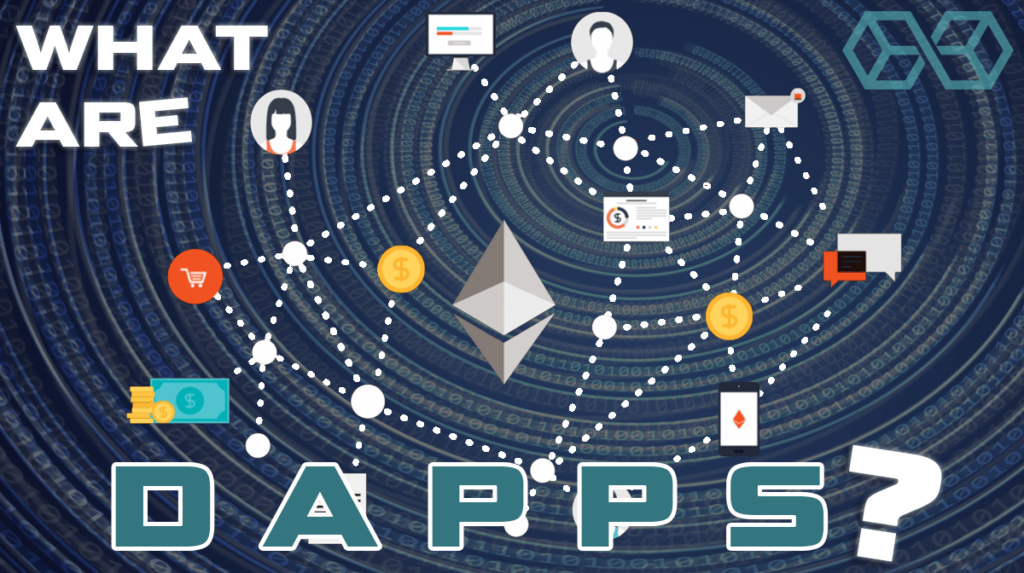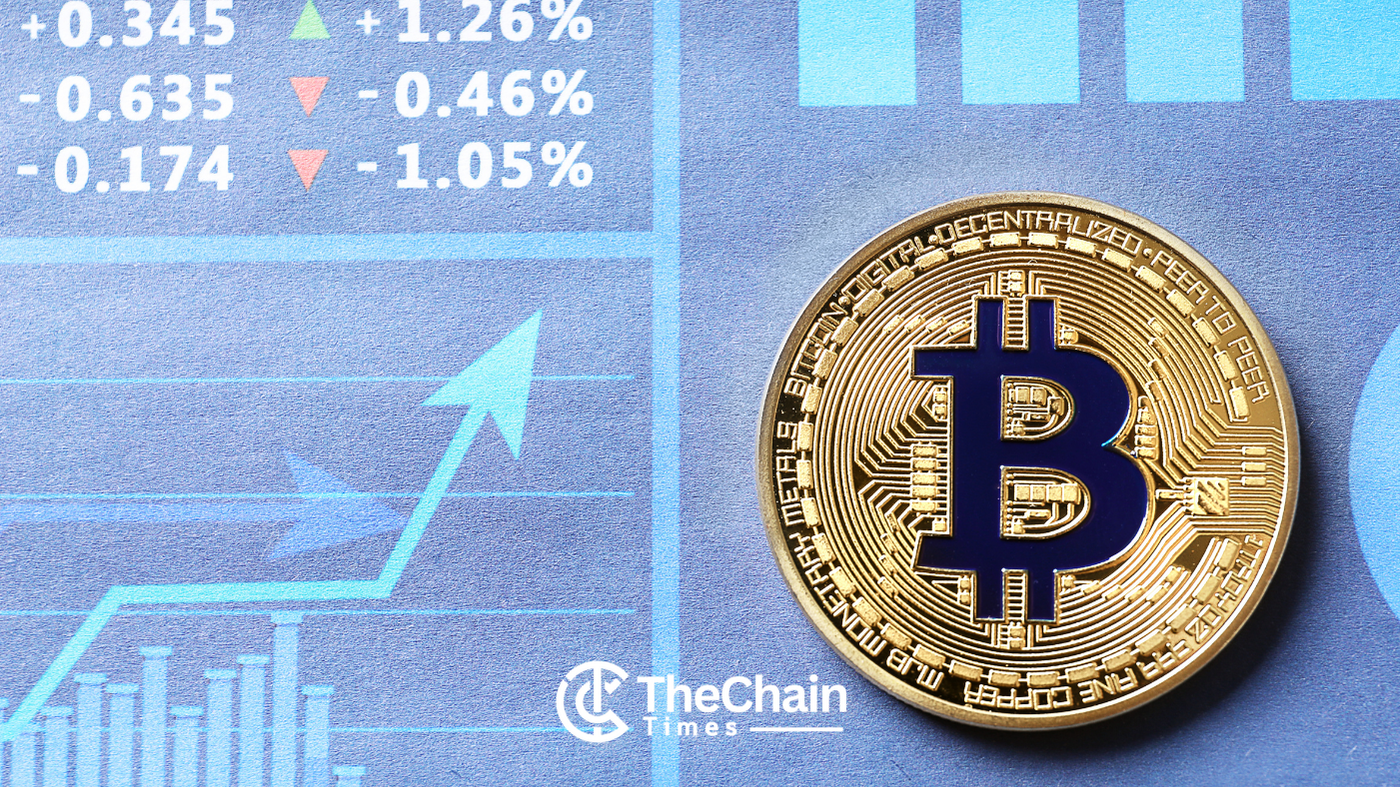
Decentralized applications (dApps) are an innovative class of software that operate on decentralized networks rather than traditional centralized servers. Leveraging blockchain technology, dApps offer a range of benefits, including increased security, transparency, and resistance to censorship. This article will explore what dApps are, how they work, and their potential impact on various industries.
🌐 What Are Decentralized Applications (dApps)?
Decentralized applications (dApps) are software applications that run on a decentralized network, typically a blockchain. Unlike traditional applications that rely on centralized servers and intermediaries, dApps utilize a peer-to-peer network to process and manage data. This decentralized structure provides several advantages over conventional applications.
Definition and Key Characteristics:
Decentralization: dApps operate on a distributed network of nodes rather than a single centralized server. This decentralization ensures that no single entity controls the application, enhancing security and reducing the risk of failure.
Blockchain Technology: Most dApps are built on blockchain platforms like Ethereum, which provide a decentralized ledger for recording transactions and executing smart contracts. The blockchain serves as the underlying infrastructure for dApps, ensuring transparency and immutability.
Open Source: Many dApps are open source, meaning their code is publicly available for anyone to view, modify, and contribute to. This openness promotes transparency and community collaboration.
🔧 How Do dApps Work?
Blockchain Integration:
Smart Contracts: dApps use smart contracts to automate and enforce rules and agreements without the need for intermediaries. Smart contracts are self-executing contracts with the terms of the agreement directly written into code. They run on the blockchain and are triggered by predefined conditions.
Decentralized Storage: dApps often utilize decentralized storage solutions to store data. Unlike traditional applications that use centralized databases, dApps may use decentralized file storage networks like IPFS (InterPlanetary File System) to store and retrieve data in a distributed manner.
User Interaction:
Wallet Integration: Users interact with dApps using cryptocurrency wallets, which store their digital assets and enable them to interact with the blockchain. Wallets are used to sign transactions, manage assets, and access dApp functionalities.
Transaction Processing: When users perform actions within a dApp, such as making a transaction or executing a smart contract, these actions are processed and recorded on the blockchain. The decentralized network of nodes validates and confirms transactions, ensuring integrity and security.
Consensus Mechanisms:
Validation: dApps rely on consensus mechanisms to validate and agree on the state of the blockchain. Common consensus mechanisms include Proof of Work (PoW) and Proof of Stake (PoS). These mechanisms ensure that all nodes in the network agree on the validity of transactions and the state of the blockchain.
Mining and Staking: In PoW-based blockchains, miners solve complex mathematical puzzles to validate transactions and create new blocks. In PoS-based blockchains, validators are selected based on the number of tokens they hold and are willing to “stake” as collateral.
🌟 Benefits of Decentralized Applications
Enhanced Security:
Reduced Single Points of Failure: The decentralized nature of dApps reduces the risk of single points of failure. With data distributed across multiple nodes, the application is less vulnerable to attacks and system failures.
Immutability: Transactions and data recorded on the blockchain are immutable, meaning they cannot be altered or deleted. This immutability ensures the integrity and transparency of the data.
Increased Transparency:
Open Ledger: Blockchain technology provides a transparent ledger where all transactions are recorded and visible to participants. This transparency fosters trust and accountability in dApps.
Auditability: dApps allow users to audit and verify the application’s code and transactions, enhancing transparency and confidence in the application’s operations.
Censorship Resistance:
Freedom from Central Authority: dApps operate without a central authority, making them resistant to censorship and control. This freedom ensures that applications remain accessible and functional even in the face of regulatory or political challenges.
Reduced Costs:
Elimination of Intermediaries: By removing intermediaries and central authorities, dApps can reduce transaction fees and operational costs. This efficiency can benefit both users and developers.
🚀 Use Cases and Future Potential
Finance and DeFi:
Decentralized Finance (DeFi): dApps have revolutionized the financial industry through DeFi applications, which offer decentralized lending, borrowing, and trading services. DeFi dApps enable users to access financial services without traditional banks or intermediaries.
Gaming and NFTs:
Blockchain Gaming: dApps are used to create blockchain-based games that offer unique features such as provably fair gameplay, digital asset ownership, and play-to-earn models. Non-Fungible Tokens (NFTs) are also integrated into dApps, enabling the creation and trading of unique digital assets.
Supply Chain Management:
Transparency and Traceability: dApps are employed in supply chain management to track and verify the provenance of goods. Blockchain-based supply chain solutions enhance transparency, traceability, and accountability throughout the supply chain.
Governance and Voting:
Decentralized Governance: dApps facilitate decentralized governance models, allowing communities to participate in decision-making processes. Blockchain-based voting systems offer secure and transparent voting mechanisms.
Conclusion: Embracing the Future of Decentralized Applications
Decentralized applications represent a transformative shift in how software is developed and operated. By leveraging blockchain technology, dApps offer enhanced security, transparency, and censorship resistance. As technology continues to evolve, dApps are likely to play an increasingly important role across various industries, driving innovation and reshaping traditional systems. Embracing dApps can unlock new opportunities and drive the






